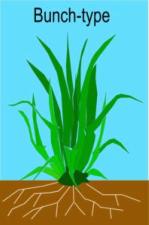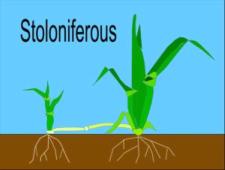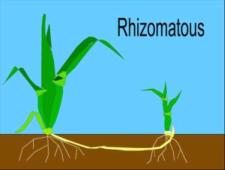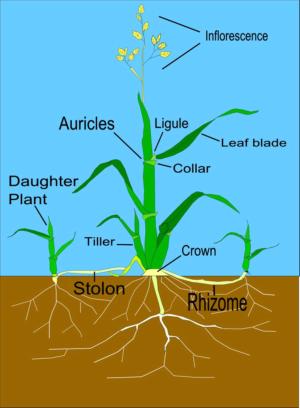Grass Identification Terms:
Vernation – The arrangement of the youngest leaf in the bud shoot, either rolled or folded.
Ligule – Membranous or hairy appendage located on the upper surface of the grass leaf at the junction of the leaf and blade. Either absent to short, membranous or fringe of hairs.
Auricles – Claw-like appendages occurring in pairs at the base of the leaf blade or at the apex of the leaf sheath. claw-like, short, or absent.
Leaf Tip – The flattened portion of the leaf located above the sheath. Either pointed, boat-shaped, blunt/rounded.
Leaf Sheath – The tubular basal portion of the leaf that encloses the stem.
Leaf Surface – The flattened portion of the leaf located above the sheath. Smooth, rigid, sparsely hairy, hairy.
Mid Rib – The main vein in the center of the leaf blade. Present or absent.
Collar – A light-colored, often yellow-green, band of tissue located at the junction of the blade and sheath on the back side of the leaf blade. Divided, broad or narrow
Seed head – Also called the inflorescence, the flowering portion of a shoot; includes the spikelets and the supporting axis or branch stem. Spike, panicle or raceme
Crown – Highly compressed stem located at the base of a vegetative aerial shoot. The portion of the plant is most responsible for growth.
Growth Habit
A key characteristic that will aid you in grass identification is Growth habit.
Growth habit describes the type of shoot growth and also determines a species’ ability to spread out from the parent plant to form a lawn. There are three basic types: Bunch-type, rhizomatous and stoloniferous.
Bunch-type
Grasses are spread exclusively by the production of tillers. They will form a uniform lawn with sufficient seeding rates. When seeding rates are too low, small clumps are formed creating a non-uniform lawn. Common cool-season lawn grasses with bunch-type growth are perennial ryegrass, tall fescue, hard fescue, and chewings fescue.

Stoloniferous
Lawns appear to have their aerial shoots growing laterally along the ground. Bermudagrass and St. Augustinegrass are examples of stoloniferous lawns.

Rhizomatous
Grasses are spread by below-ground stems known as rhizomes. The rhizome terminates and forms new shoots at positions away from the mother plant. As these new shoots mature they will also produce rhizomes that form new shoots creating a uniform lawn. Kentucky bluegrass is a common rhizomatous lawn.

Need help identifying your lawn grass? Ask your questions here.
You might like these common lawn species
Bermuda Grass Lawn Care, Types, Planting and Maintenance
What is Bermuda grass? Hybrid vs. Common, uses and the best types for home lawns. How to plant and care for a Bermudagrass lawn. Helpful DIY tips and advice for planting and growing grass.
Is Zoysia grass perfect for home lawns? It’s beautiful when properly maintained. If you are lucky enough to live in a climate suitable for growing warm-season grasses, zoysia might be the best choice.
St. Augustine Grass | Grass Types for Home Lawns
With a little care and when planted in the right area St. Augustine Grass makes a very dense lawn that feels great under bare feet.

